Over the years, games have become more and more complex as well as diverse. Something that I’ve mentioned in previous articles is that gameplay hinges on fundamental foundations such as good storyline, visuals, but most importantly, intuitive gameplay mechanics.
Every now and then, however, a game comes along that changes up the normal gameplay mechanics and gives us something new and truly revolutionary. Here is a list of 5 gameplay mechanics that have changed the way we game.
1. The wall jump
Although popularized in the Mario Bros. series, the first instance of wall jumping can be found in the original Ninja Gaiden game, released in 1988.
The ability to wall jump adds new ways for the player to interact with the map, giving them new ways to solve problems and new ways for game developers to challenge gamers in turn. I remember playing Megaman X and figuring out that I could wall jump to get out of lower areas and to reach needed health packs in hard-to-reach spots.
Nowadays, the wall jump is a commonly used a mechanic found in most platforming titles like Super Meat Boy for example. It can also be seen in more action games such as Titanfall and the Prince of Persia series. Some fighting games and other 3rd person shooters have even started to make use the wall jump mechanic.
2. Climbing your enemies
I know that Shadow of the Colossus was the first game to introduce climbing enemies, but I didn’t come across the mechanic until playing Dragon’s Dogma. Until this point, fighting larger enemies meant endlessly slashing and hacking at their feet and legs, which just felt clunky. Now with the climbing mechanic, however, you could go for those weak spots like their eyes and throat which just makes more sense.
I’ll never forget the first time I scaled the basilisk in Dragon’s Dogma. Here is this massive snake attacking our camp and all of my pathetic attacks are smacking into it’s thick scaled body. But then I hear my follower shout out “Climb it, Master, aim for its eyes!” From that point on, I knew that scaling the larger enemies was generally the best way to reach their weak spots — as long as I kept my eye on my stamina bar.
3. Active reloading
Before my PC gamer days, I used to enjoy playing a lot of Xbox. One of my favorite games to play back in the day was Gears of War, which came out in early 2006. What I loved most about Gears of War was its willingness to get down and dirty — both in the story and in the fighting. While most people know about the most famous weapon in the Gears of War franchise, the “Lancer Assault Rifle,” the true test of skill in the game was getting consistent active reloads to maximize damage.
Active reload added a rush to Gears of War in that you were rewarded for mastering it. You reloaded faster, did more damage, and could brag about your mechanical skill. On the flipside, it was embarrassing when you fumbled, and sometimes cost you or a teammate their life since you were slower getting back into the fray.
Since the original Gears of War, we’ve seen a number of other games adopt active reloading to add another level of complexity to their game. Some of those games include Risk of Rain’s sniper character, Mercenary Kings, Star Wars Battlefront, and Call of Juarez: Gunslinger to name some of the most recent titles.
4. Slow motion / bullet-time / V.A.T.S
The first time I ever experienced bullet time or slow motion was playing the first Max Payne game. It was amazing to watch time crawl to a standstill and see the trails from the bullets as they left the gun. It gave you the feeling of being the ultimate badass — taking on a large group of enemies and watching them fall in slow motion.
A personal favorite of mine is the V.A.T.S. system in the Fallout games, especially in Fallout 4, where the time doesn’t stop like in the other games of the series but instead is significantly slowed — still leaving an air of urgency to your targeting choice.

5. over-the-shoulder camera toggle
I know this may sound like a simple concept, but being able to pick whether the cameras looking over the players left or right shoulder was a real game-changer for the shooter genre. Not only does this make looking around corners easier, but it just feels natural.
The game I feel illustrates the usefulness of this is Metal Gear Solid V: The Phantom Pain. In The Phantom Pain, your character makes use of a number of different combat positions and being able to switch which shoulder the cameras looking over makes all the difference sometimes. Another game this was also a feature that I relied on heavily on was Splinter Cell: Blacklist.
I know that there are a lot more gameplay mechanics that have helped to make gaming what it is today, but these are the 5 that I feel have really influenced the games that I play.
What mechanic do you enjoy the most? Or, if you think there is another one that should have made the list, what would it be? Let me know in the comments section below.

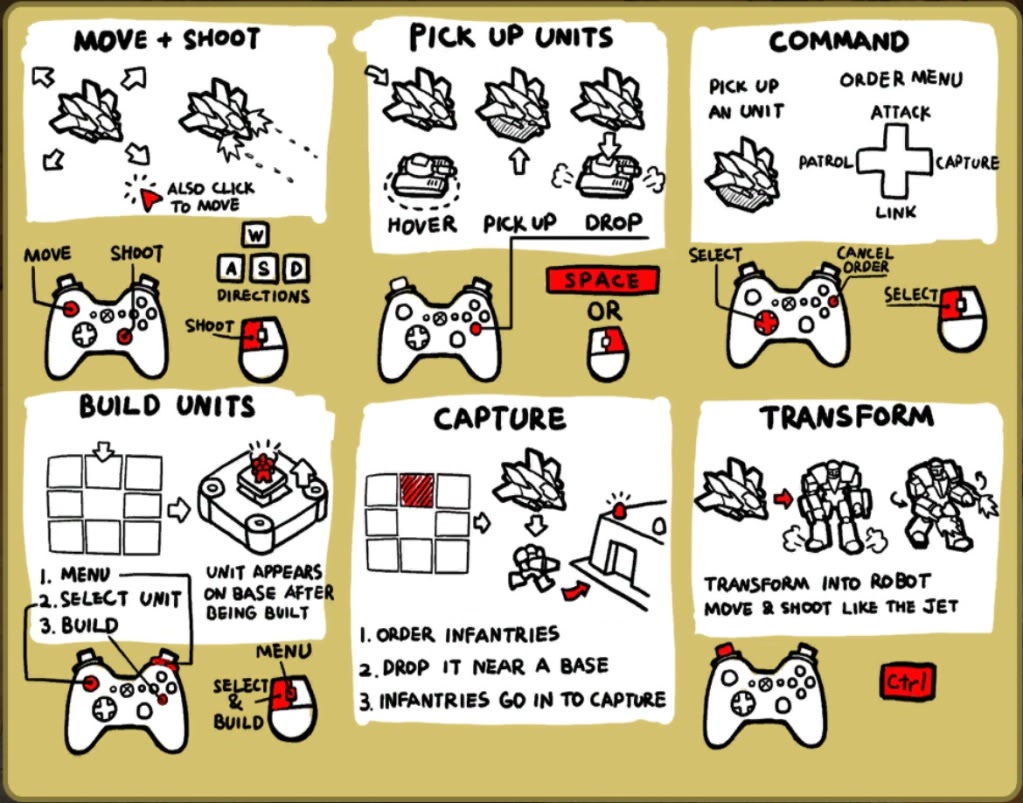
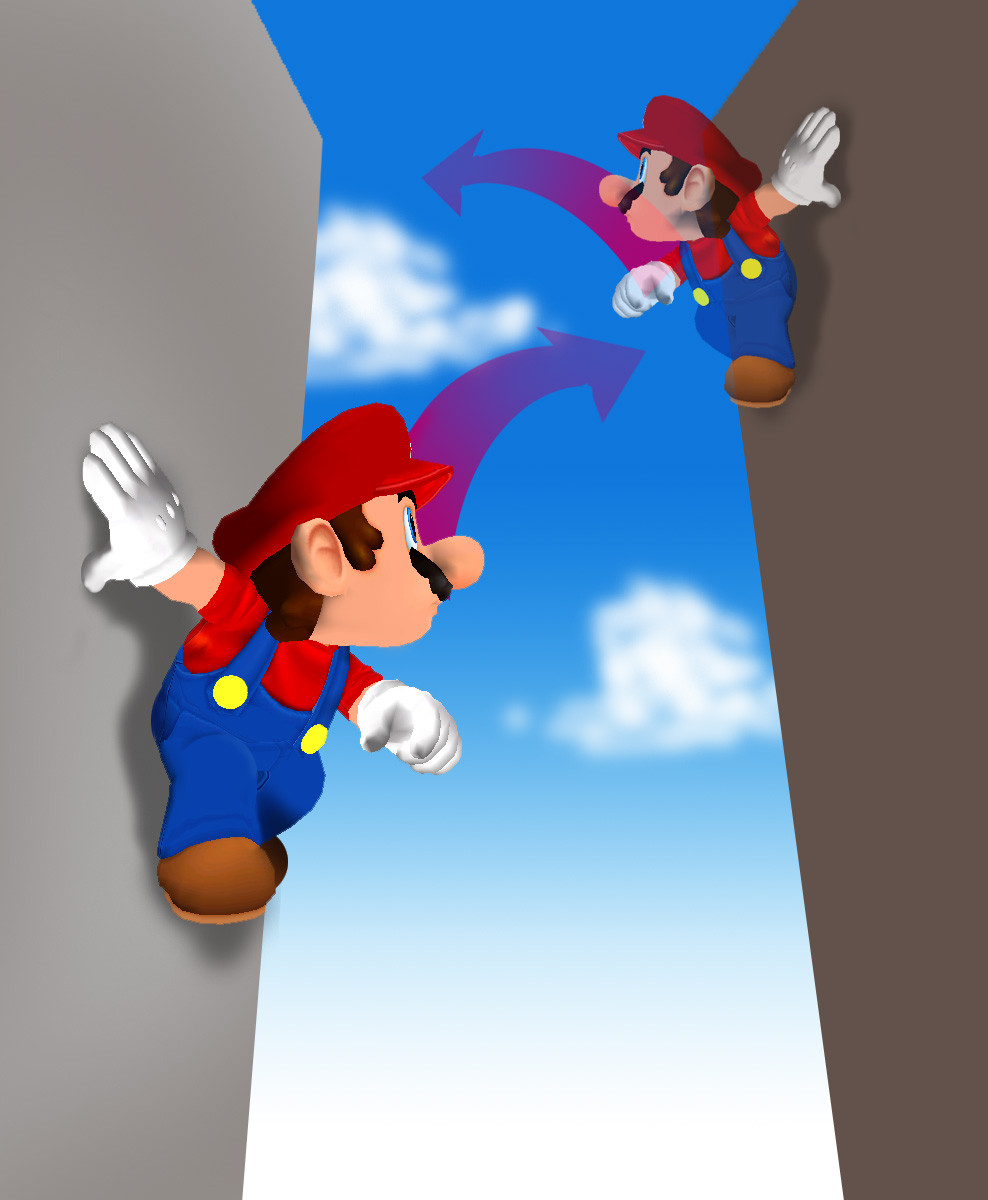
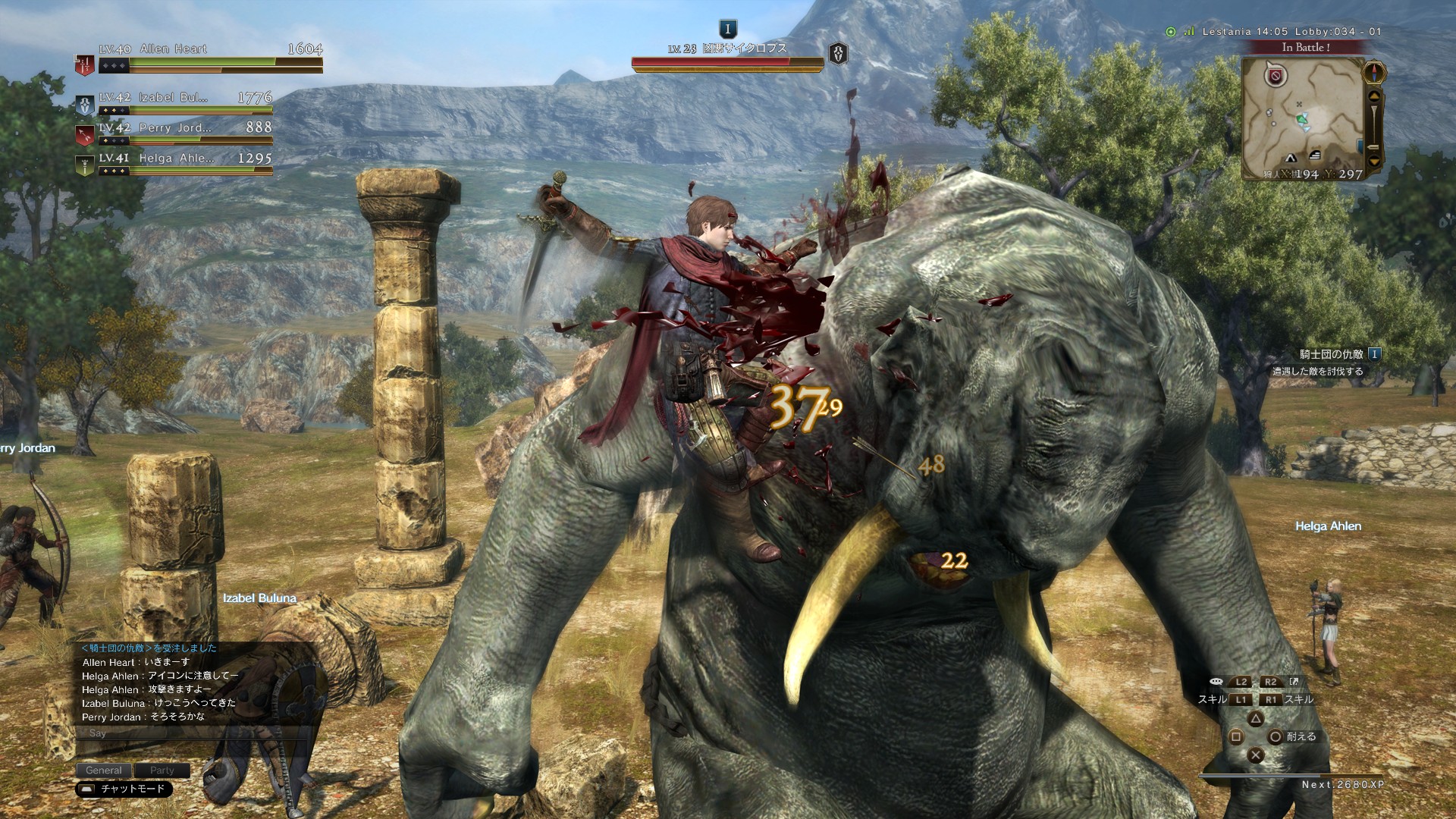
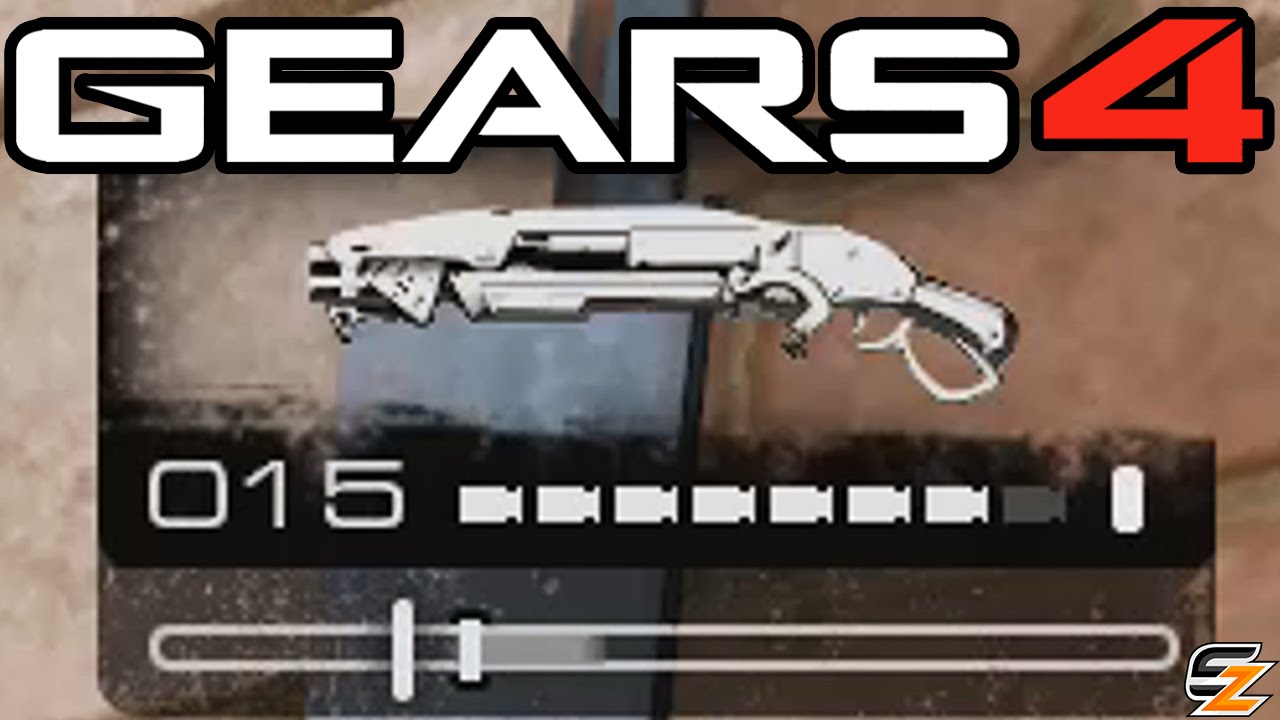
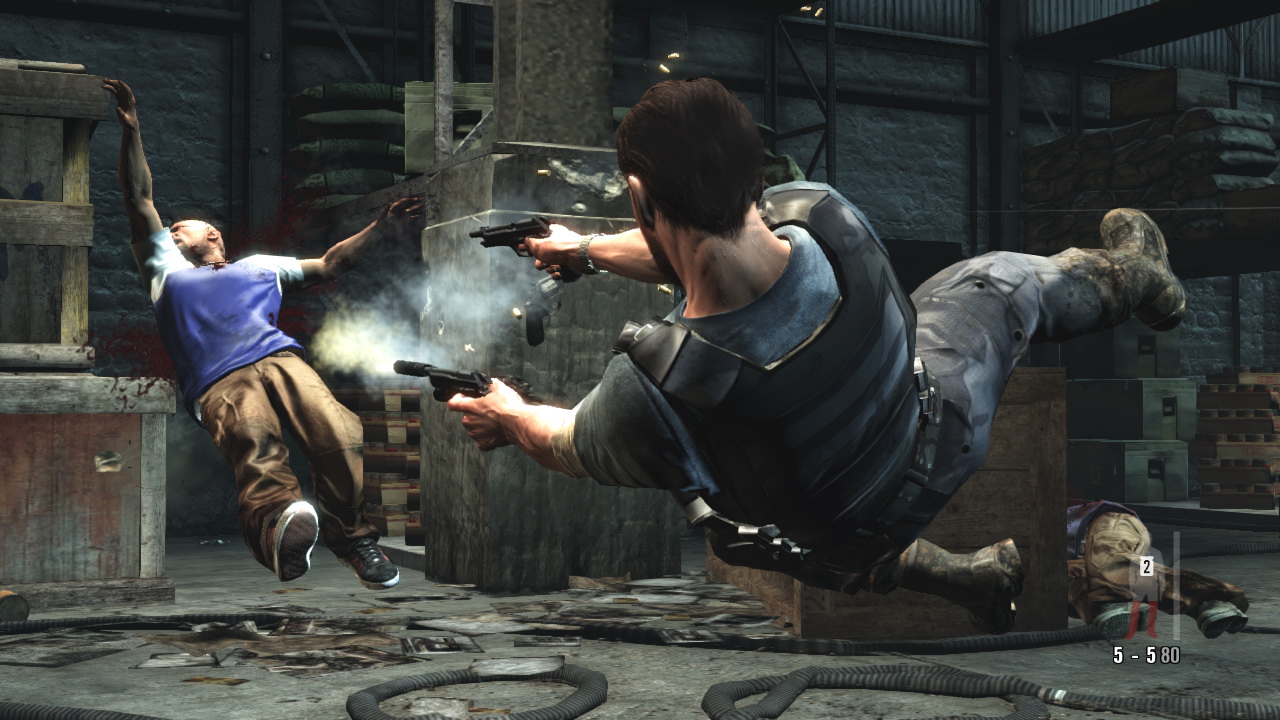





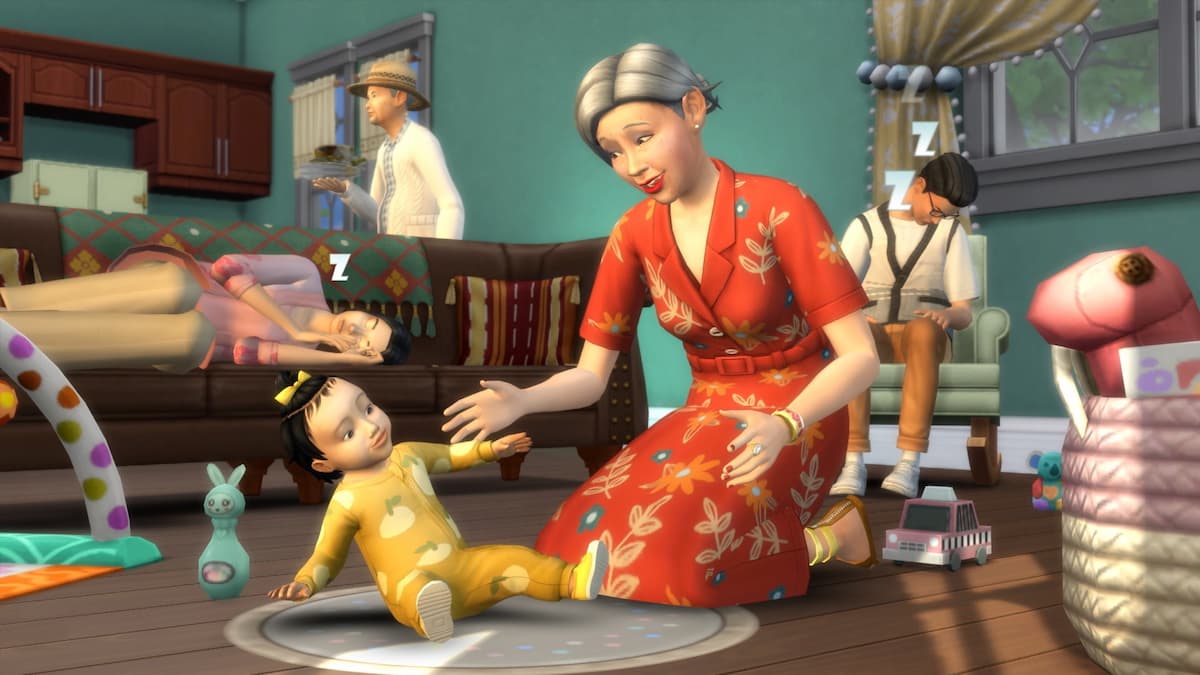
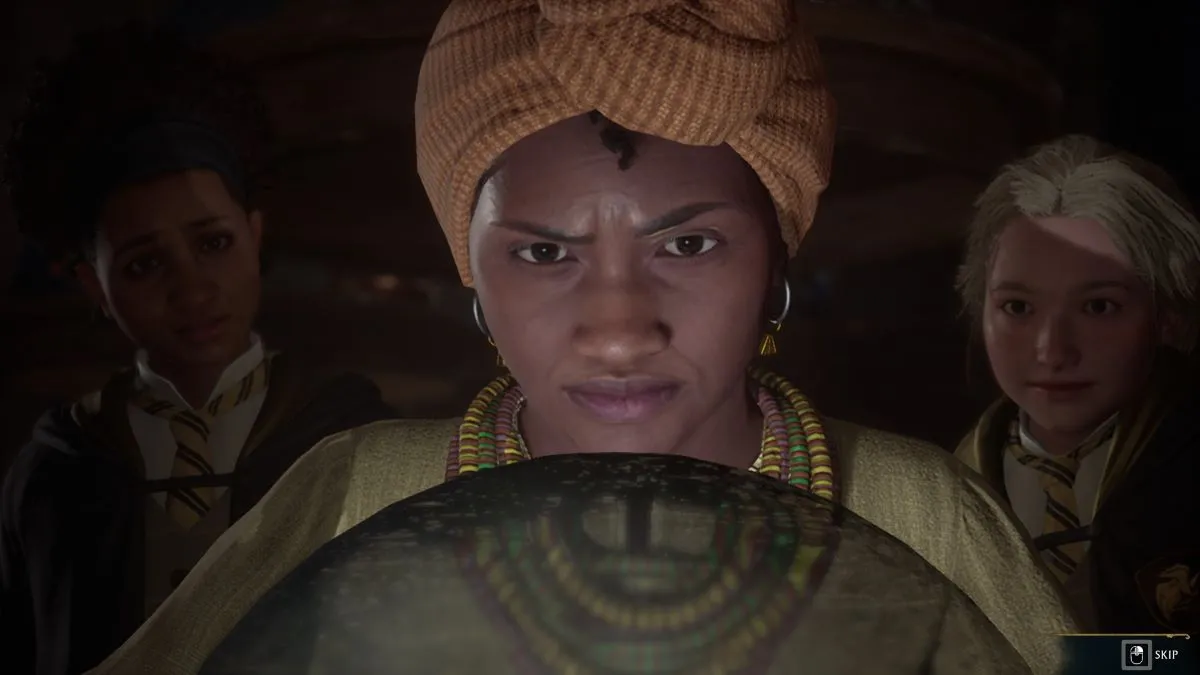
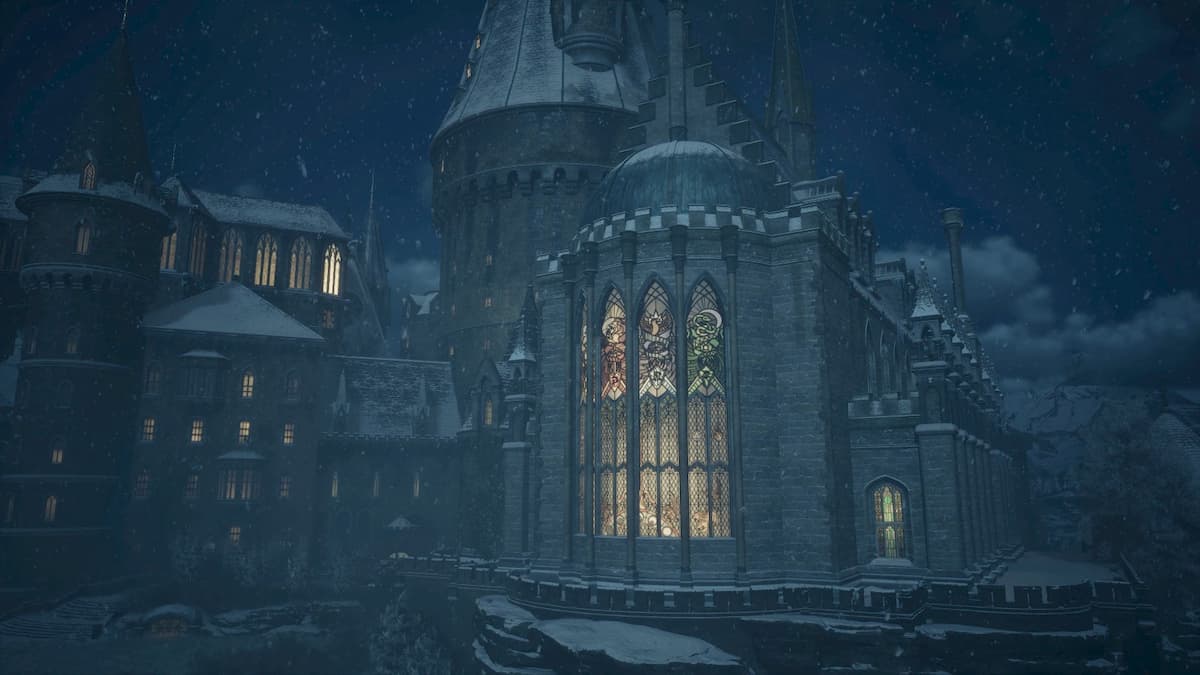
Published: Nov 27, 2016 06:28 pm